Cave Pearl – A special cave formation in Son Doong Cave
A cave pearl is a small, usually spherical, speleothem (cave formation) found in limestone caves. Cave pearls are formed by a concentration of calcium salts that form concentric layers around a nucleus. Exposure to moving water polishes the surface of cave pearls, making them glossy; if exposed to the air, cave pearls can degrade and appear rough. Thousands of cave pearls sit untouched in Son Doong and have many different shapes and sizes, from as small as a bean to as large as a baseball. This natural phenomenon is formed over hundreds of years when dripping water creates layers of calcite that build up around grains of sand. There are many places inside Son Doong cave containing this formation, they are arranged naturally inside gour or rimstone pools, and look very beautiful under the headlights. Especially when in water, they look even more beautiful. The cave pearls are just ordinary calcium carbonate formations with no value. Without moisture, they will be discolored and become very plain, if brought outside into direct sunlight.
Cave pearls were formed from water carrying calcite carbonate dropping from the ceiling into pools on the floor of the cave over hundreds of years.
How are Son Doong cave pearls formed?
When rainwater seeps through the layers and the cracks of limestone, dissolved carbon dioxide (CO2) makes rainwater acidic, so that it will dissolve and carry a certain amount of calcite carbonate. As the water drops from the ceiling into the cave the calcium carbonate is released and creates a minute amount of calcite. This tiny deposit plays a key role in forming stalactites, stalagmites, flowstones, cave corals, cave pearls etc. The growth of cave formation structures depends on many factors such as rainfall, location of the cave, wind, air circulation, and the amount of CO2 in the cave atmosphere.
According to geologists, when water drops down from the ceiling and stagnates in the pools on the cave bed, the concentration of calcite carbonate contained in this water is very high and will start to deposit around a grain of sand or very small rocks. When water ripples over the pool, these objects are often rotated as well, making them as round as a pearl.
In Son Doong, the shapes and sizes of cave pearls in Son Doong are very diverse. In the areas of calcium deposits near the Passchendaele passage, cave pearls are formed mainly during the rainy season when water comes and flows through, most of the time, they stay dry, exposed mainly to the air. Here they have a rough appearance.
In contrast, the cave pearls near the exit of Son Doong are very glossy and smooth with bigger sizes due to water flowing at all times of the year. The biggest one found is the same size as a baseball.
Cave pearl in Son Doong Cave have many different shapes and sizes, from as small as peas to as big as baseballs.
Are the cave pearls valuable?
In the environment of the limestone caves, they look very beautiful and eye-catching, but if exposed to the outside, they will become dry, and ugly and be damaged in a short time due to loss of moisture. They are named cave pearls because they form in a similar way, but they have no monetary value at all. For the conservation criteria as well as the geological and geomorphological values of the World Natural Heritage, Oxalis strictly forbids tourists to directly impact the cave formation structures, and no one is allowed to take them home.
The Oxalis Experience.
Whether you prefer long treks, camping in a cave, sleeping under the stars in the jungle, swimming underground in river caves, explore the huge dry caves or just taking an exploratory day trip, Oxalis Adventure Tours can provide the right amount of adventure just for you.



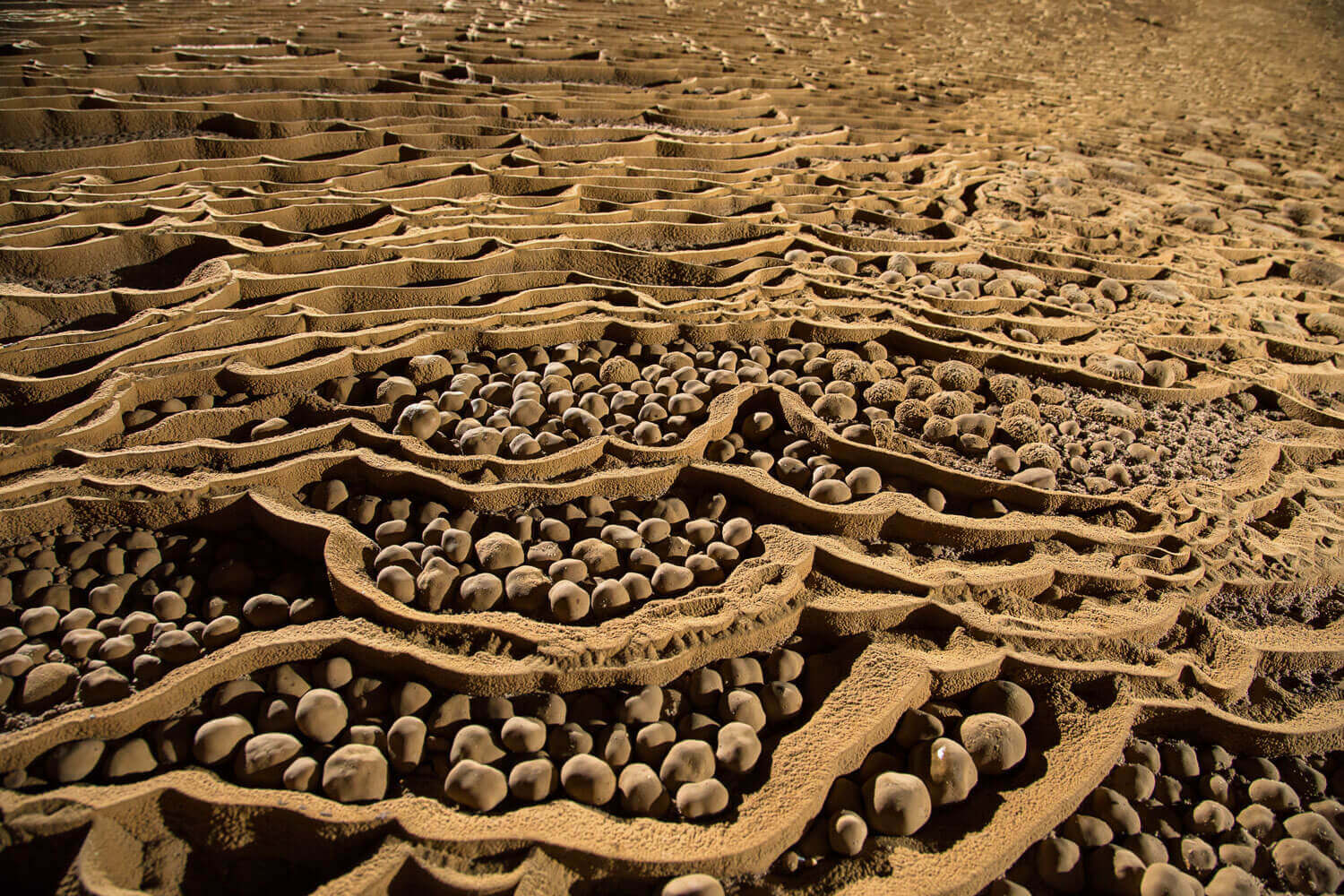
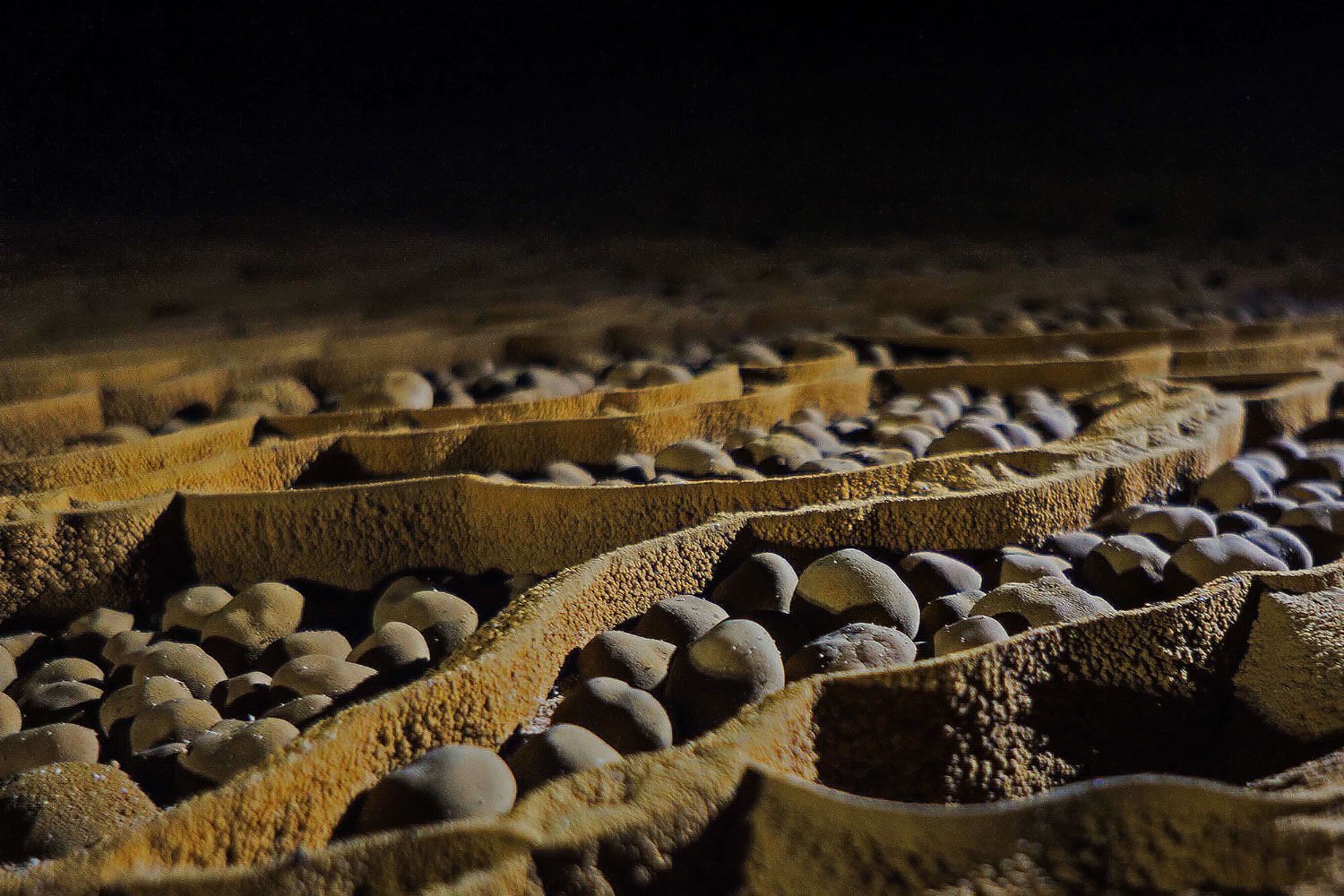
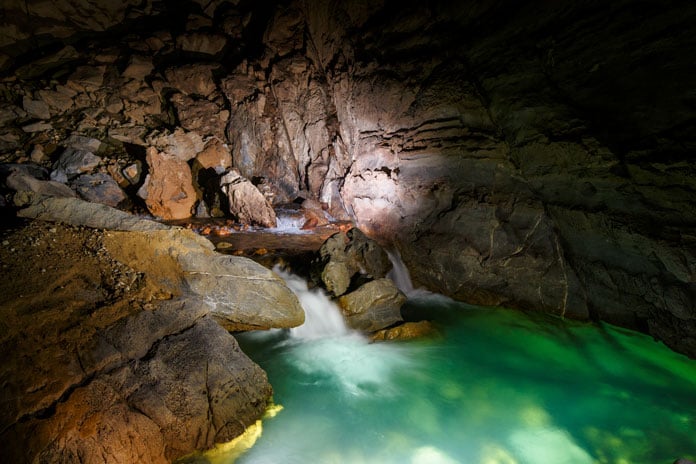
__637740499994967442.jpg)
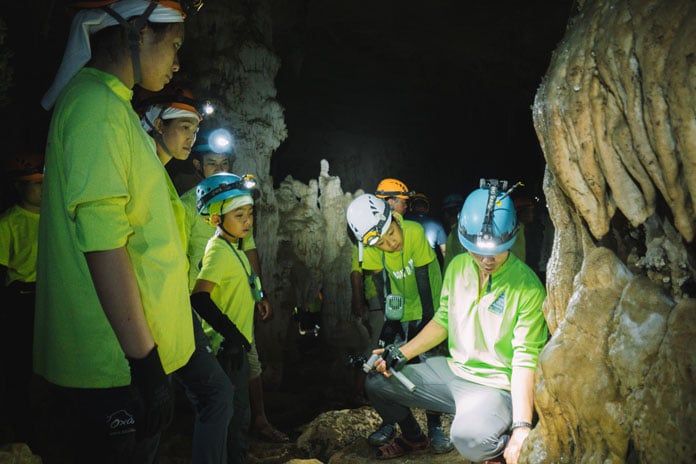




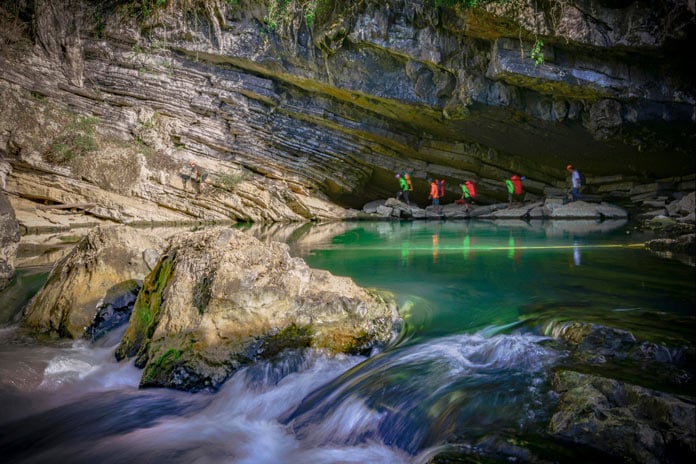
__637051767008903435.jpg)
__637051765075307793.jpg)
__637051774329206026.jpg)
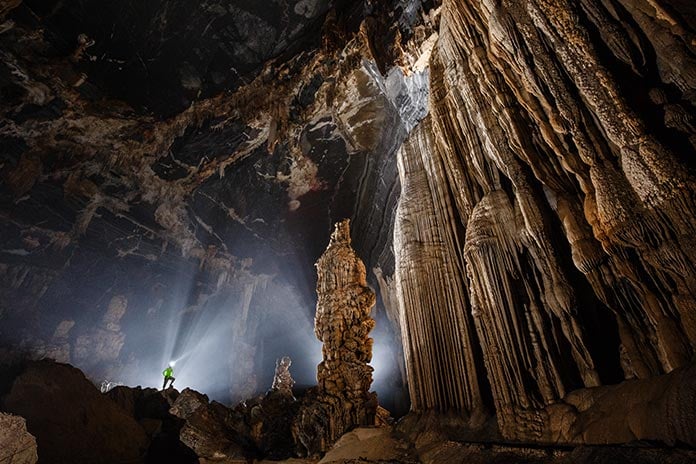
__637051782550081035.jpg)
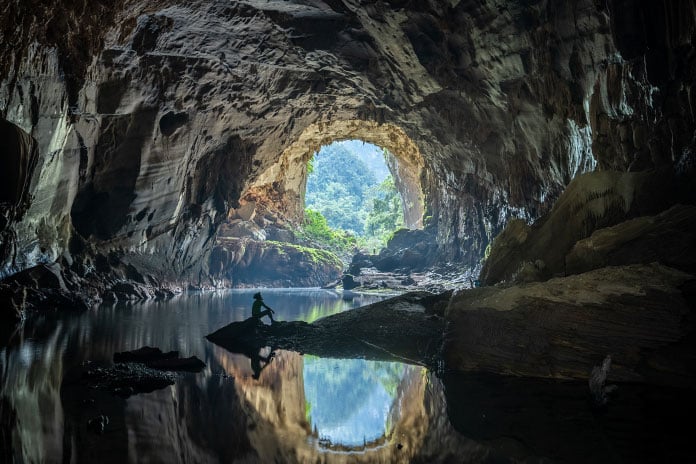
__637051777074859032.jpg)
__637051780703588520.jpg)
__637051781488596056.jpg)